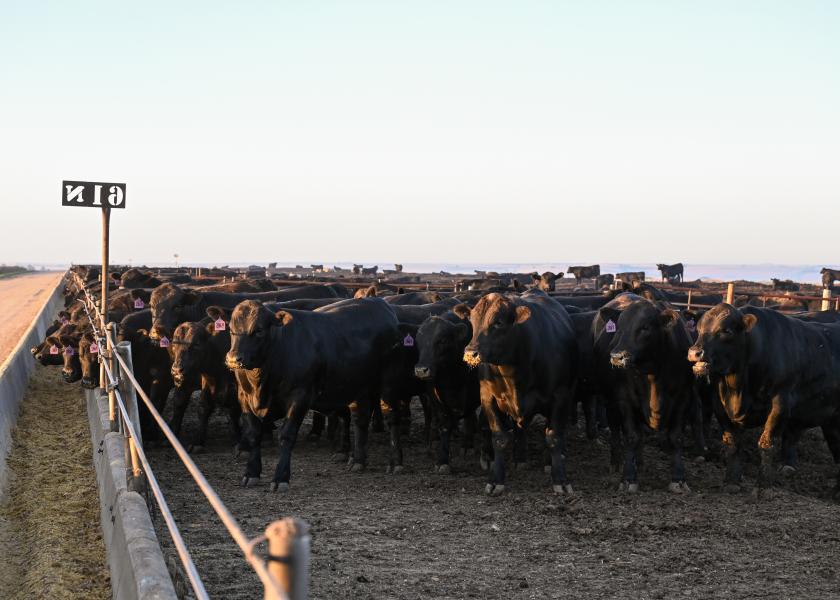Turn Outliers Into A Profit Opportunity, Not A Loss Equation

This article was developed By J.P. Pollreisz, DVM, Beef Technical Services, Zoetis
No one wants sick cattle. From well-being concerns to unexpected costs, it can be a lose-lose situation. But when cattle do get sick, intentionally managing bovine respiratory disease (BRD) chronics and other outliers can help you improve animal well-being and help stop economic losses you might not even know exist.
While outliers — those animals that are chronically ill or need surgical care — are an expected occurrence, especially on a feedlot, they might be undermining the profit opportunity of the whole pen or group of cattle if they aren’t managed intentionally.
What are the real costs?
By my calculations, mismanaging just two out of 100 animals could be the difference between profit and loss. Consider that selling an animal as a realizer or railer is only going to provide about 40% of the forecasted sale price. That’s a lost opportunity cost of about $900 based on current fat cattle prices(1).
Outlier napkin math:
* $600 salvage price/animal
* $1,500 average market price/animal - $600 salvage price = $900 saved/animal
* $900 x 2 outliers = $1,800
* $1,800 divided by a group of 100 head = $18/head gain just from better managing two out of 100
Add in the cost of space, labor and treatment that you put into keeping a chronically ill animal in the sick pen and you can start to picture the true losses. Don’t forget that shipping an animal at the wrong time — resulting in a violative residue — carries repercussions for the feedyard. A follow-up inspection by state or federal authorities often occurs, and increased scrutiny when cattle are marketed may be instituted if multiple violative residues are detected.
But in reality, you don’t want to just realize or salvage these animals, you want to get them back on the fat truck. And that may be possible in some outlier situations with intentional management. Intentionally managing these animals can set your business apart from others that might be just absorbing the losses.
The path to intentional management
So where can you start? Start by asking yourself a few key questions:
1. How do you manage outliers?
2. How well and how often do you train employees on identifying and treating these animals?
3. What is the condemnation rate of your clients’ realizers?
A colleague of mine, Kynan Sturgess, DVM, co-owner of Hereford Veterinary Clinic in Hereford, Texas, has been talking with his customers about this topic. He says while the economic conversation makes sense, it all comes down to constant communication and training with employees. He suggests starting by:
* Identifying the specific issue facing each animal and then treating it individually
* Working to set up specific care plans for each condition
* Training employees on surgical procedures, or setting up a plan of care
* Focusing on follow-up care for the animals — this could include nutrition, pain mitigation, specific environmental needs and keeping them separate from their original pen
While not every outlier case will be able to get back to optimum performance, intentionally treating and managing these animals can help recover losses you might be overlooking.
The bottom line
At the end of the day, it’s about considering how you are currently managing these animals and evaluating where you have unexpected losses. Once you clearly see the impact, work to develop standard operating procedures so that management becomes turnkey, and you can get these animals back on the right track.
Want to get started? Zoetis is here to help. Reach out for a discussion with your Zoetis representative, and we’ll suggest processes to help you manage outliers intentionally.







